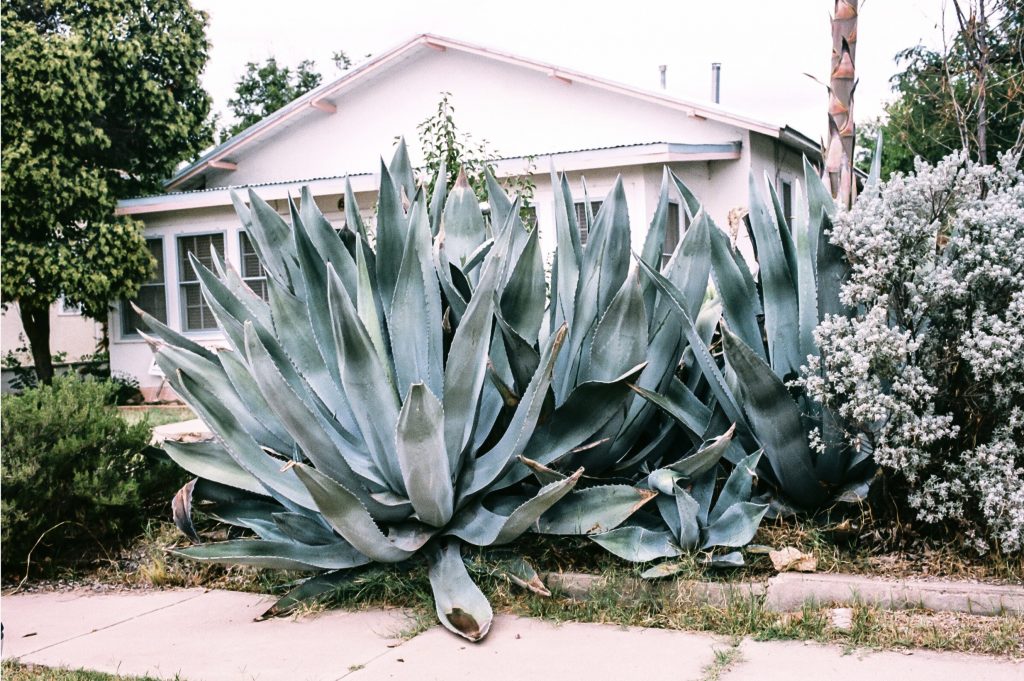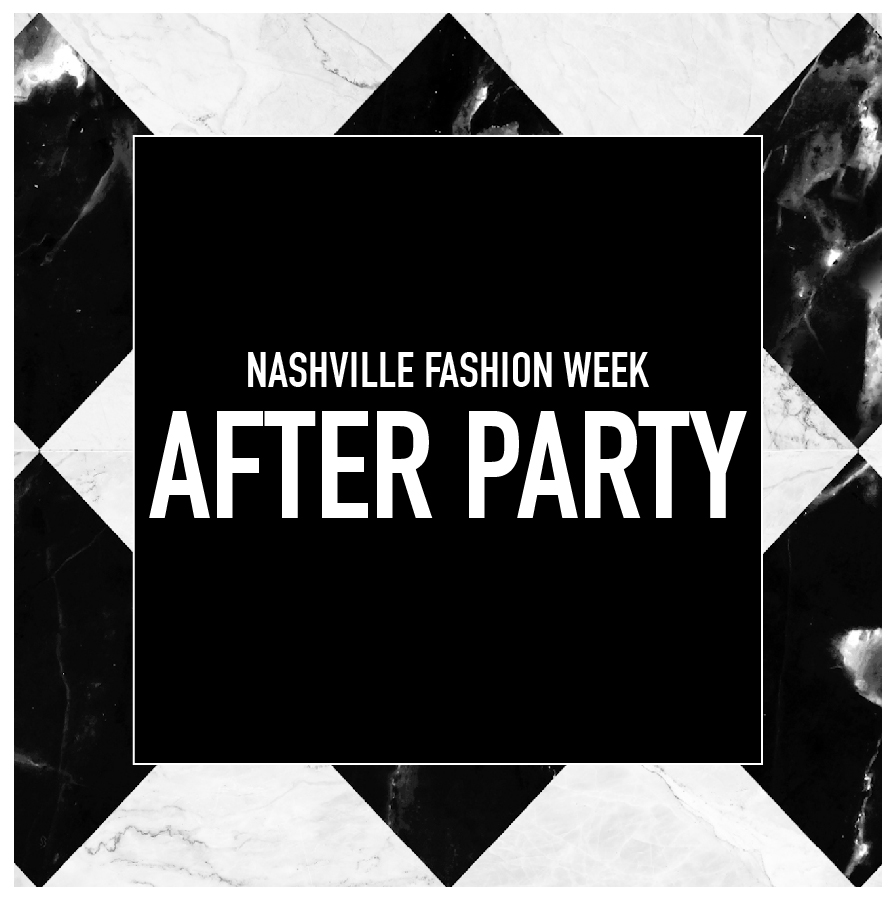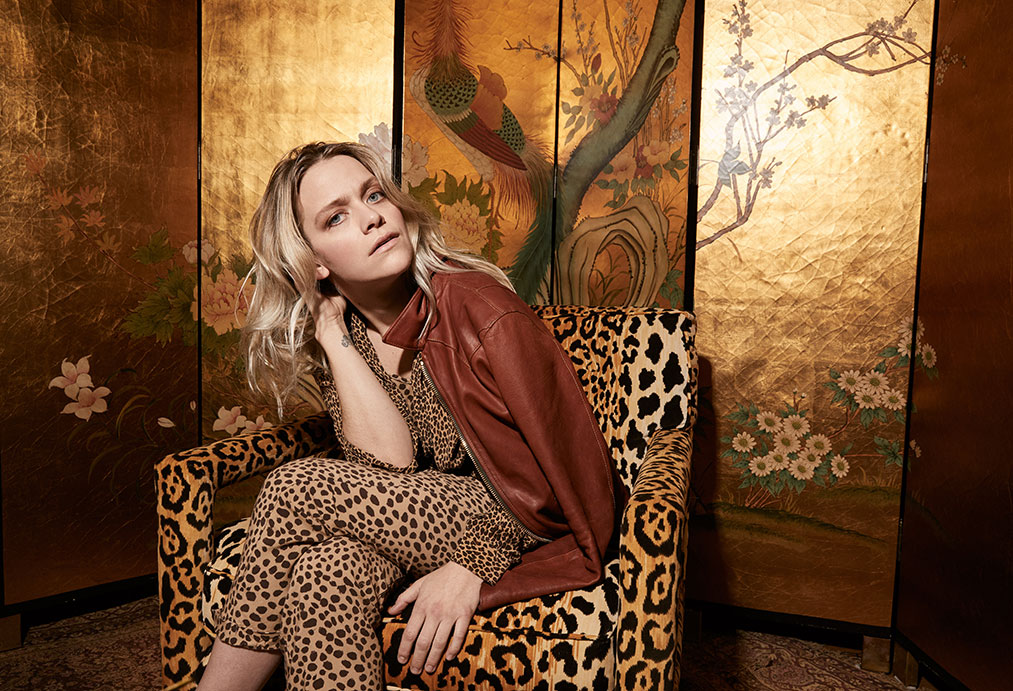
“With leather, there’s no forgiveness—you can’t take it back,” Savannah Yarborough says from a deep leather chair that looks like it’s threatening to swallow her whole. “I’ve had to remake entire fronts that take a whole day because I went over one stitch on the pocket.
“You have to be in charge of the material. You can’t let it do what it wants to do, because it’s not going to do what you want it to do. You have to tell it,” she says, gritting her teeth. “I mean, there’s days where I’m sitting there and I’m like, ‘Come on! Just do it!’”
As the founder of Atelier Savas—a leather and fur company that specializes in bespoke jackets, bags, and about any other leather good you could want—Savannah Yarborough spends most of her time imposing her will on various animal skins. There’s enough of it here in her 8th Avenue studio and adjacent showroom to make Teddy Roosevelt envious, and she straightens, sews, and generally grapples with every yard of it—from the black Italian calfskin sample I’m holding to the alligator pelt back in the studio.
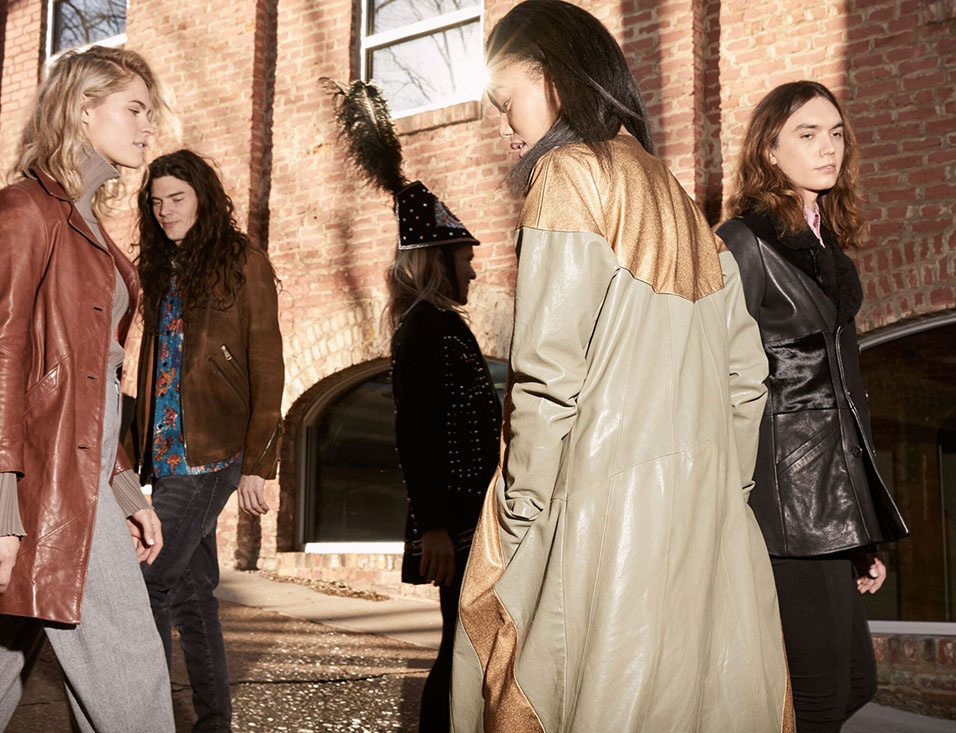
And while it’s true to say Yarborough is the founder of Savas, it’s more accurate to say she is Savas. She’s the sole designer, seamstress, tailor, embroiderer, and whatever else -er she needs to be to make the business operate. She takes breaks during the interview to take messages from her cutter, Nikki, and field one of Savas’ neverending Fedex orders (she greets the delivery man with a big “There he is!”—like he’s a long-awaited party guest). At any given time, Yarborough is working on roughly fifteen made-to-order pieces, pieces that range from the flowy, art-deco-style coat hanging behind us to a guitar strap that’s currently traveling the world on tour to a muted suede sport coat she sold a few months ago.
Each piece is made from materials picked by clients during the first of what is often many consultations with Yarborough (the art-deco-y thing is for local fashion guru Libby Callaway; the guitar strap was for Queens of the Stone Age’s Dean Fertita; and the blazer was for an unnamed eighty-three-year-old man who wanted something nice to wear when he took his wife out to dinner).
A few months later—after leather has been ordered from family businesses in Italy, France, or even Turkey; after fittings have been checked and rechecked; after a canvas mockup has been made; after Yarbrough has spent countless hours sewing her ass off while listening to The Stones—the piece is finished. The client walks out the door with a garment that started as a slab of leather and that no one but Yarborough has ever touched.
This, of course, is the CliffsNotes version. I’m leaving out the painfully tedious, days-long process behind every zipper, the existential crises that often come with making the perfect armhole, and the practically unlearnable skill of making something that accurately represents someone else’s personality. It’s a process that falls somewhere between tailoring, manufacturing, designing, and styling, a niche that Yarborough solitarily occupies. That’s because—much like the jackets she conjures out of pieces of hide—she created it.
“Not to get all flighty on you, but I’m definitely a law of attraction kind of human and believer,” she says when asked about starting Savas. “And I believe in manifesting what you want . . . You just say what you need and then do it.”
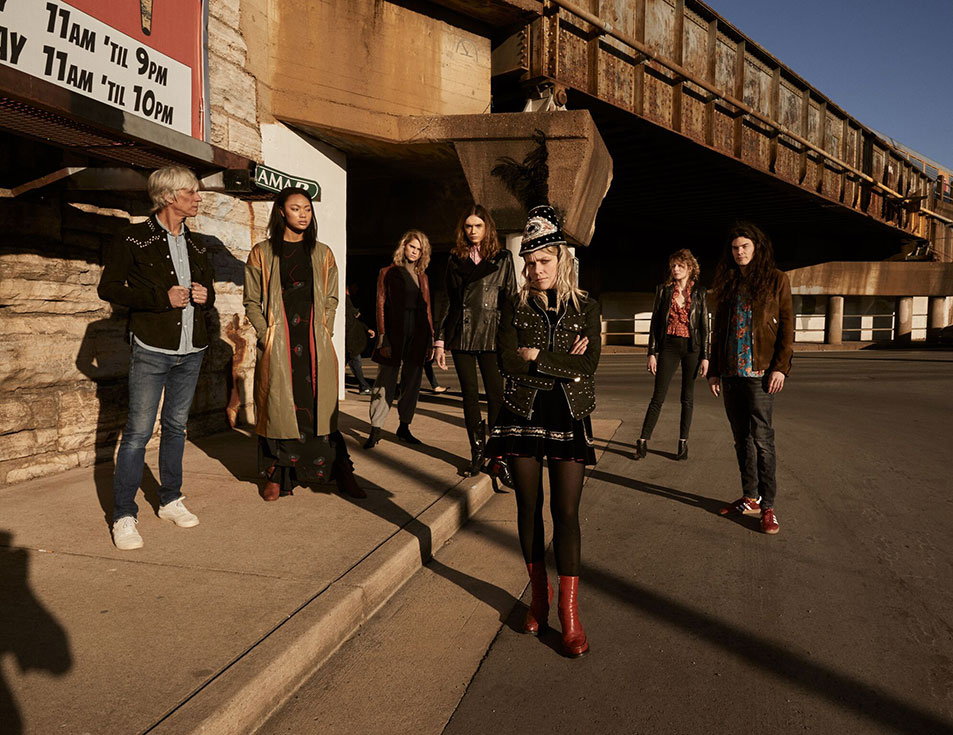
But Yarborough, like most of us, didn’t always know what she wanted. She grew up in Birmingham, Alabama, where aspiring to be a fashion designer wasn’t really a thing: “I was really growing up in a very conservative area. It was like, ‘You want to do what?’. . . Being a designer was never even a thought in my mind.” (Ironically enough, Birmingham now boasts a pretty established fashion scene and has hosted its own fashion week since 2011.)
At the suggestion of a friend, Yarborough enrolled at the Academy of Art University in San Francisco. She planned on becoming a fashion writer, one of the only “real jobs” she thought she could land in the fashion industry. When she arrived for her first semester, she realized that wasn’t happening.
“The first day of school, or right before the semester started, they were like, ‘We’ve had to fire our journalism director, and we’re no longer offering the degree. Your journalism classes have been replaced with design classes,” she says, still kind of anxiously laughing. “I was like, ‘I’ve never really drawn anything! I don’t know what that even means!’”
Yarborough found a mentor in her womenswear design professor—a real Tim-Gunn type with a penchant for pushing students to their limits. He gave her two pieces of advice that would be invaluable: 1. Try out menswear. 2. Transfer schools.
“[He] was like, ‘You know what, you’re not really going to get the right education out of this school,’” Yarborough remembers. “He totally shouldn’t have said that to me, but he did. He said, ‘You need to try to go to Saint Martins or Parsons. And if you get into either one, pack your shit and go.’” She didn’t want to live in New York, so she passed on Parsons. She did, however, apply to Central Saint Martins in London, got accepted, and promptly packed her shit.
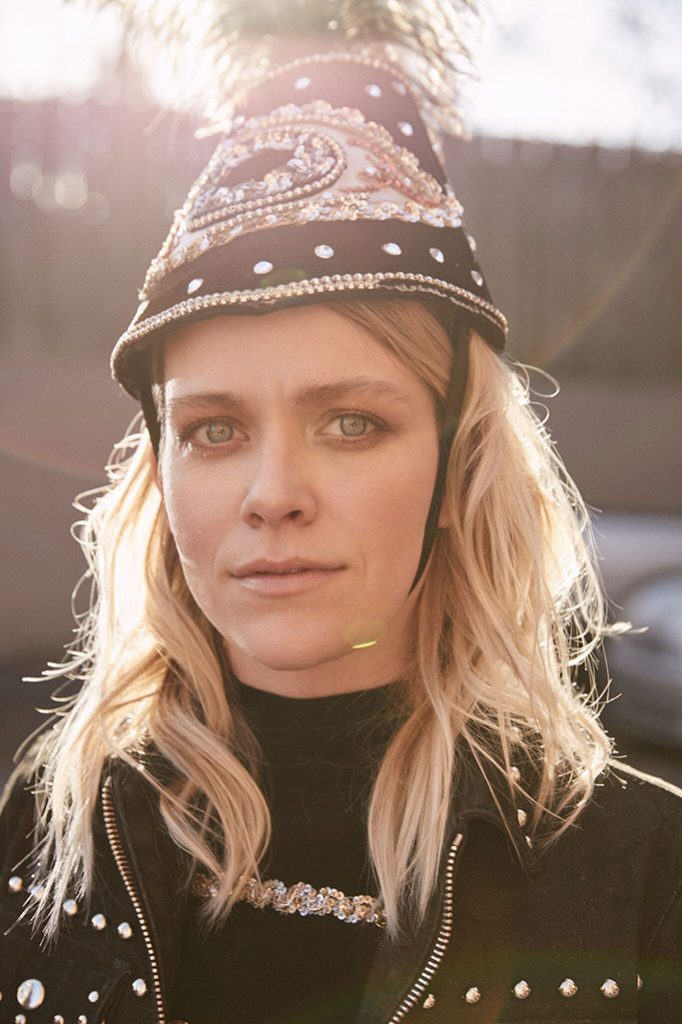
In addition to bolstering her now-inhuman sewing skills, Saint Martins taught Yarborough the mechanics of the process—that is, the reality that multiple people will usually help a designer bring her idea to life.
“[My professors said], ‘You need to know how it works and what to do, but we also want you to finish your products beautifully. And if that means having the technician put your collar in, do that. You can have an hour with them every week to get them to do the hard stuff that you’re going to mess up.’”
That didn’t really fly for Yarborough, a designer who now does everything—especially the hard stuff—herself. “I did most all of my stuff. I could use [the technicians] maybe to show me something, but I always wanted to know how it actually worked . . . I’m really fascinated at the logistics of putting things together.”
St. Martin’s requires a placement year, which is essentially the fashion school equivalent to a residency. When the time came to pick a placement, life brought Yarborough back to an unexpected, albeit familiar, place: Alabama. Her mom saw Billy Reid in a magazine and suggested her daughter come meet the Florence, Alabama–based designer. Though Yarborough was a little hesitant (“Alabama? There’s no way I’m leaving London and going backto Alabama. That’s like the worst thing you could ever tell me to do!”), she soon began a six-month internship with Reid. Three months in, he offered her a job.
“Billy and I had gotten along so well. He was like, ‘Can you just work for us? We’ll give you the title of senior men’s designer. You’re the one that I want to work with to design everything.”
She accepted the offer, but there was one minor problem: she had to go back to London to finish her last year of school. So, one week out of every month, she’d fly to either Florence or New York, while at the same time finishing what is arguably the toughest year of design school. “I was doing three a.m. conversations about coats because it would be in the afternoon here, and it’d be the middle of the night where I was. And so I managed to sort of do both of those things for that year. Then I came to Nashville when I graduated.”
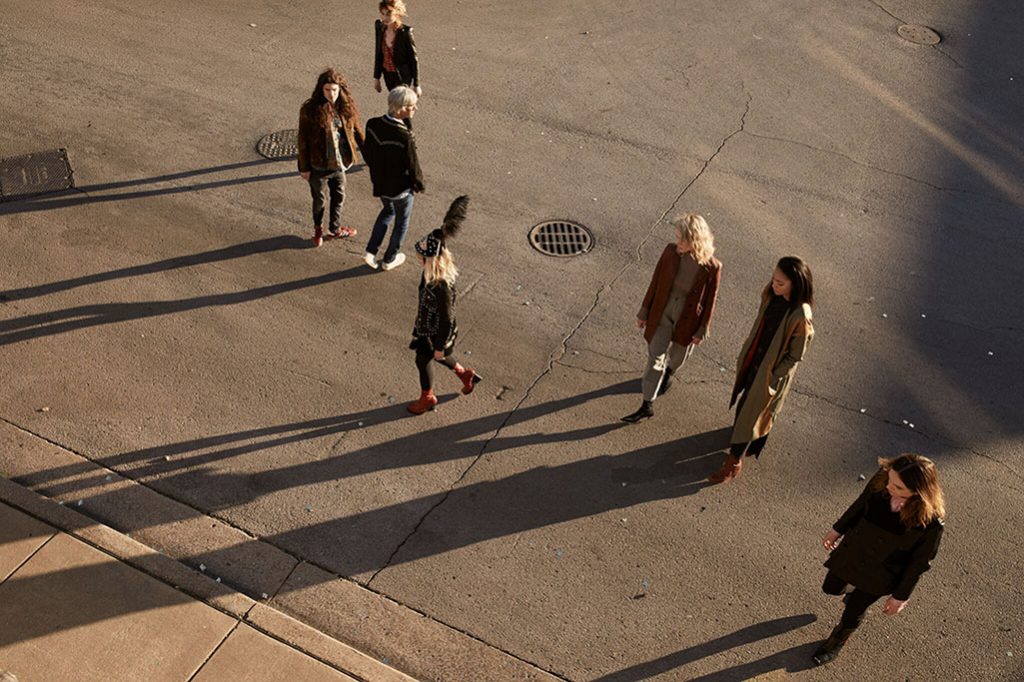
Living in Nashville put Yarborough a two-hour drive away from Florence and a two-hour flight away from New York (plus, it saved her from moving back to Alabama). During her three years with Reid, she helped design “like five hundred pieces a season,” and she says she still knows and recognizes every product they ever made.
“I think it’s really important to be able to work for someone and with someone and design within the confines of that brand,” she explains. “It’s something that you can’t learn on your own. But it’s something where what you do learn helps when you do it on your own.”
She worked on a leather jacket for Reid, and as she learned the process and developed relationships with leather manufacturers, the idea of doing it on her own seemed less and less crazy.
“I was obsessed,” she says. “It was one of those things, and I started putting the pieces together. I had actually thought, I’ll move somewhere and I’ll get another job before I do this. And I went out to LA and did all these job interviews and I was like, I don’t want to do this. I don’t want to go out and be a sweater designer for some other company. I’m ready to be in control of what it is that I’m contributing to the world.”
As soon as she touched back down in Nashville, she found someone to help her write a business plan. The numbers actually added up (“You kind of have to have some assurance that things could work if all goes accordingly”), and Savas was born. During her first year of business, she still stayed on at Reid, overseeing their shoes and bags, but Savas was never a side hustle or hobby for Yarborough. It is, and always has been, the end goal.
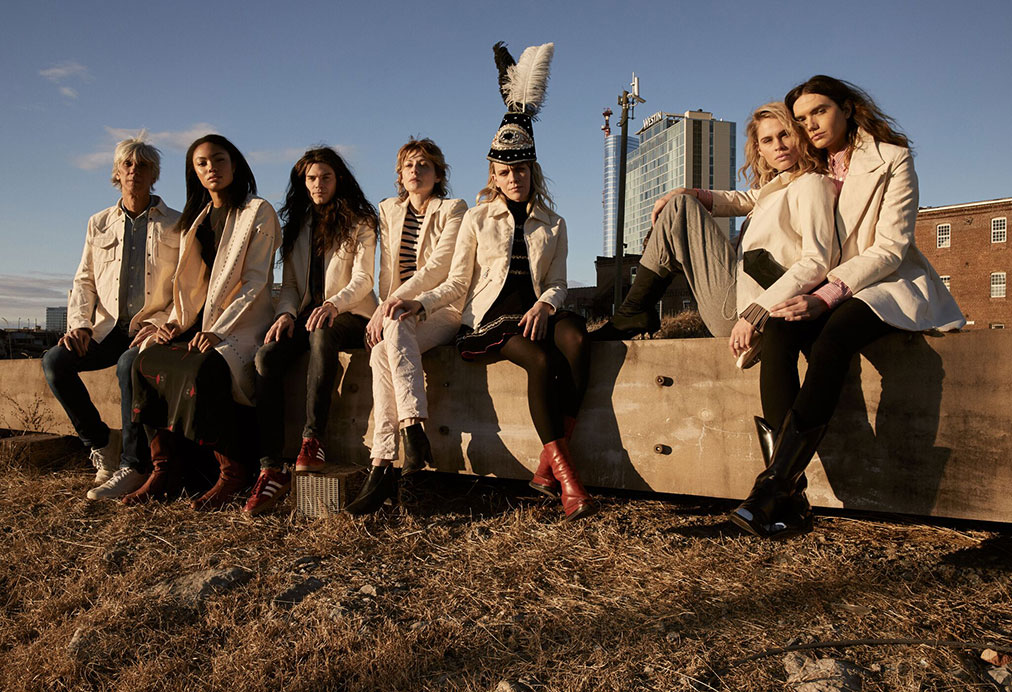
“When I started this business, I was like, ‘This is already a brand. This is already a thing. People love it,’” she explains. “It was never ‘Oh, this is my small little business, and I’m going to figure it out.’ It was like, ‘No, we’re going to make this thing big. And whatever it takes to get there, I’m going to do it and figure it out . . . Because for me it was always real.” She pauses before adding once more for emphasis: “It was always real.”
Yarborough was in this go-big-or-go-home mindset when Savas expanded into the showroom we’re sitting in now. Until last April, the shop was housed entirely in what’s now the workshop, but when the space next door opened up, she knew what she had to do—even if she didn’t know how to afford it.
“[My landlord] said, ‘That’s going to double your rent,’” she remembers. “I’m like, ‘I know.’ Field of Dreams: build it, and they will come. So we didn’t have the staff that we needed to fill that space up yet, which some people would say is jumping the gun. But at the same time, getting that space allowed us to create this.”
She’ll need the extra space. For the first time in Savas’ three-year history, Yarborough is hiring a sewer from New York to help with the workload. She’s been running Craigslist ads in New York, LA, Nashville, and even Ohio (there’s a leather factory there) since Savas opened, so it’s a relief. It doesn’t, however, mean Yarborough will be any less involved.
“I think once we have our sewer here, we’ll hire an apprentice,” she says. “But it’s going to be a minimum of a year of that person just experimenting and messing around—then we’ll have to pay them to go through the education—before we’ll ever trust them on a client’s jacket.”
With their help, Yarborough plans on releasing Savas’ new “collection” in March—her first in two and a half years. It’s a “collection” because, unlike virtually every other designer out there, Yarborough won’t show it on a runway then put it up for sale. Instead, the pieces will live in the Savas showroom, where they’ll serve as a brand mission statement and offer inspiration to clients.
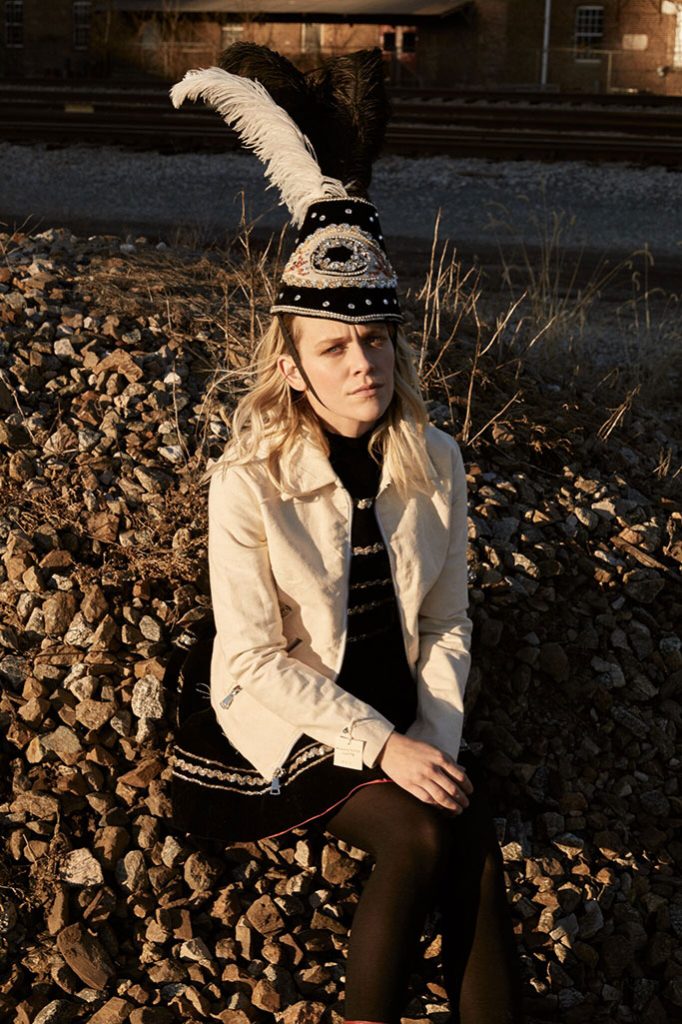
“I really want to be able to show more of a range of what we’re really capable of,” Yarborough explains. “There is no proper word [for the collection], which is what I figured out is kind of the standard statement for my business . . . I know that if I show [clients] more things, they’re going to be like, ‘Whoa! I want a fur coat.’ And I’ll say, ‘Cool, we can do it. And here’s one so you can see that we can do it.’”
It’s a ton of work for a collection that may never be sold, but selling them isn’t necessarily the point. If they can inspire a client—if they can help make someone else feel comfortable in their own skin—it was all worth it.
“It’s such an empowering thing in some ways. It’s a sense of protection,” Yarborough says. “[Leather jackets] are such a badass piece of clothing, and you should feel that way when you put it on. That’s my goal: that when you put it on, you want to wear it out and you never want to take it off—because it makes you feel that good.”
Atelier Savas is open Monday to Friday from 10 a.m. 5 p.m. by appointment only, and weekends by special request. Savas also hosts open studio hours the first Saturday every month from 4 p.m. to 6 p.m.
Suggested Content
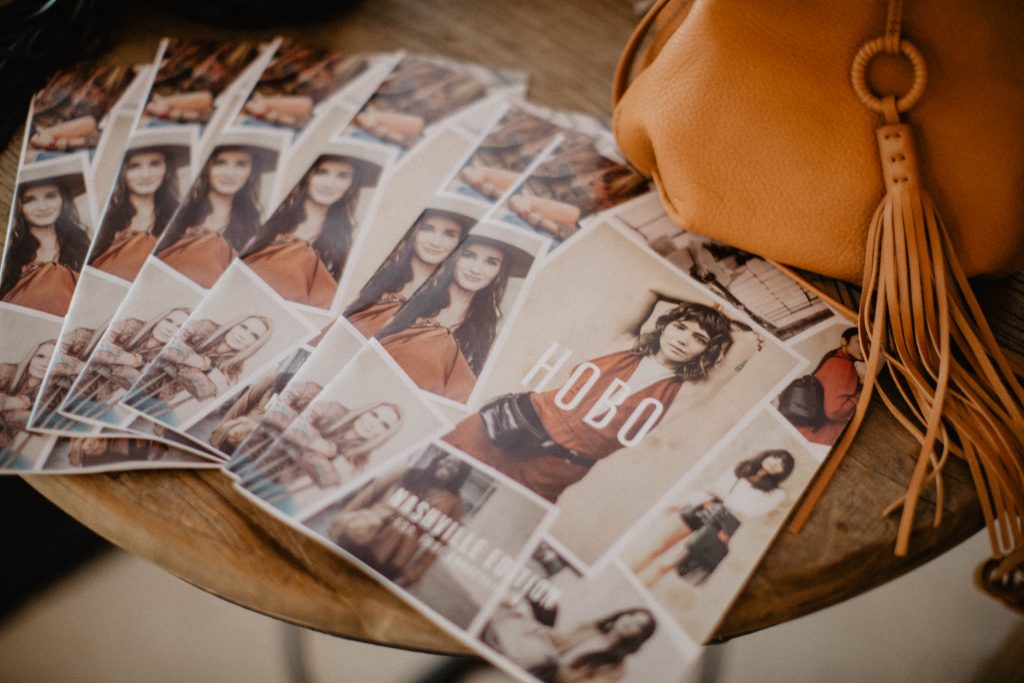
PHOTO RECAP: Hobo Leather Lounge
Last week we went to the Hobo Leather Lounge at White's Mercantile on 12th South. Here's what we saw.

